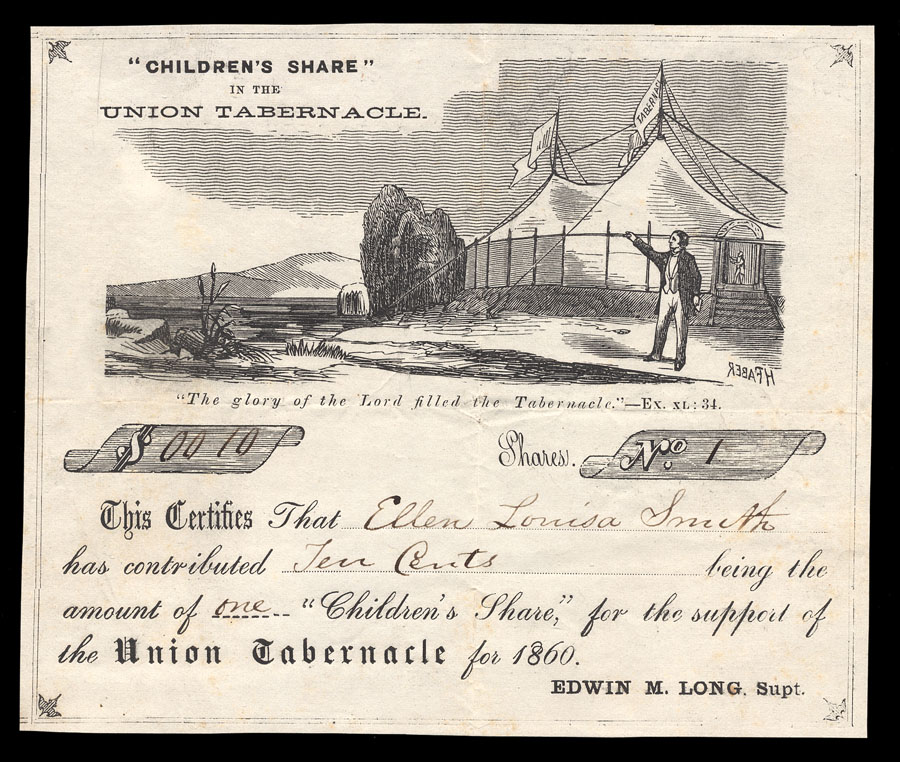So Much “Stuff”, So Little Time
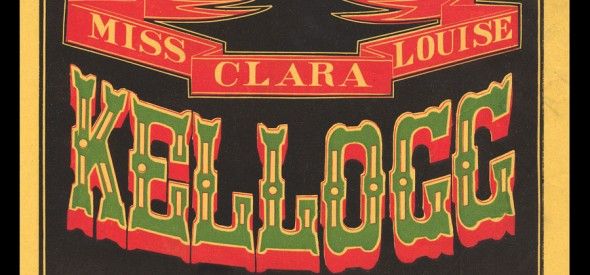
One of the great joys of collecting ephemera is that each time we go to a paper show or to an antique mall or onto eBay, we come across interesting things we’ve never seen before. Here are a few recently encountered odds-and-ends.
Given the current highly politicized season—and the theme of this year’s Ephemera Society conference—I’ll start with a few political items. This Gray fellow distributed a creative and lively self-promotion which communicates his party, the fact that he is a WWII vet, and that he is not part of the same old same old establishment . . .
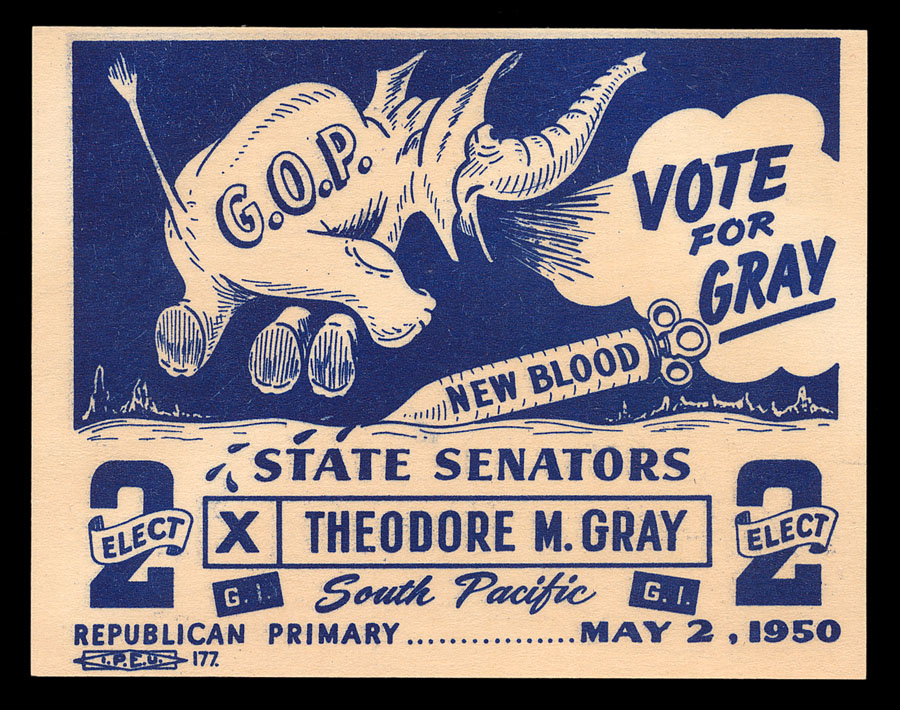
This modern-day card is also a flexible recording of a (likely anti-establishment) song by the group Street Dogs . . .
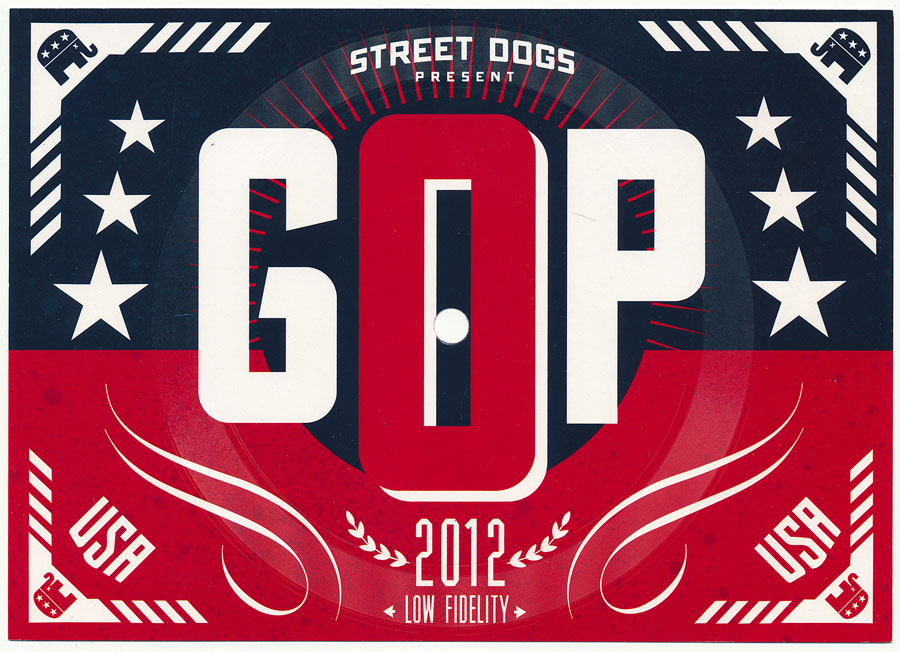
A creative booklet in support of Barry Goldwater couched throughout in terms of Goldwater as a medicinal remedy . . .
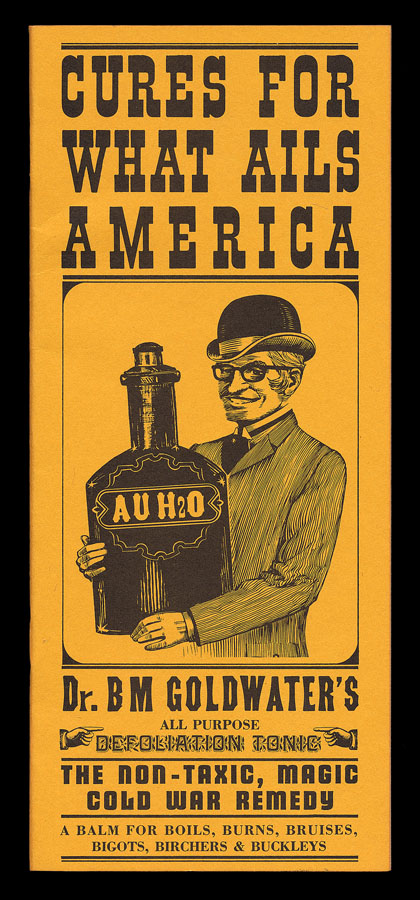
This item, coded 1964 I believe, shows how far American culture has come since then in its view of women, and its strategies to influence “the Ladies Vote”. It is a promotional piece from a novelty maker based on the premise that, if a candidate gives a woman this item imprinted with his political message, she will be so grateful for the bobby pins that she will get right on the telephone to spread the word about what a great candidate he is! Mighty insulting.
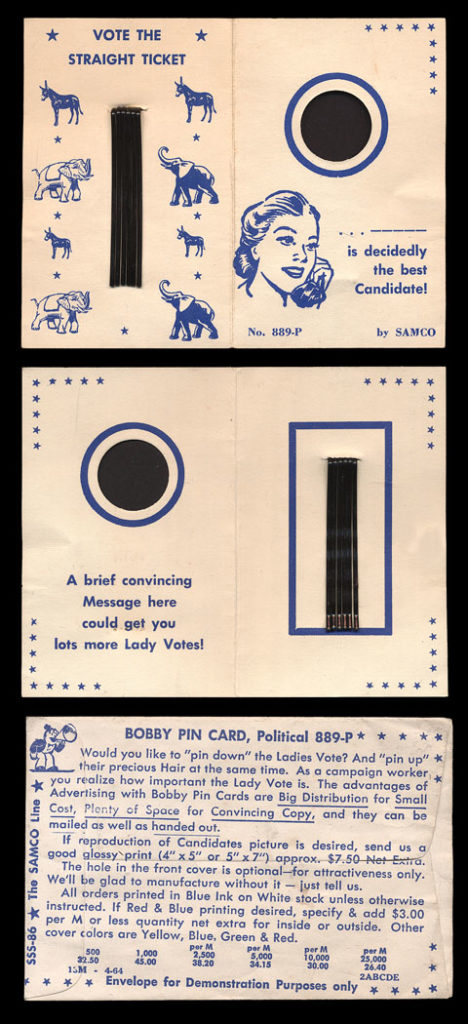
And then there is this . . .
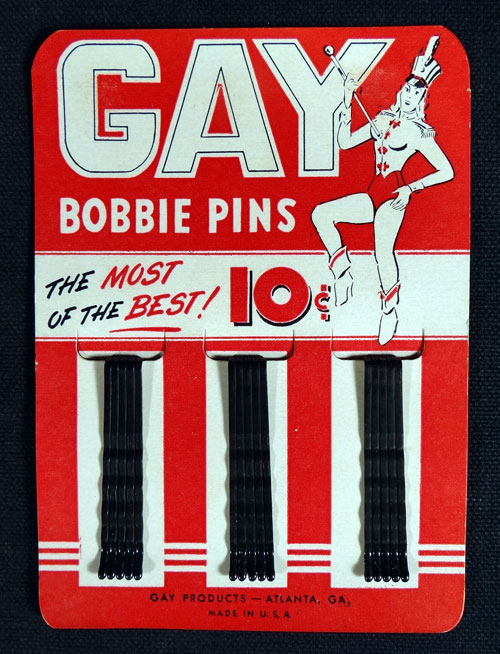
This nostrum is so effective and fast-acting that “Dr. Renne” can hardly keep up with the demand . . .
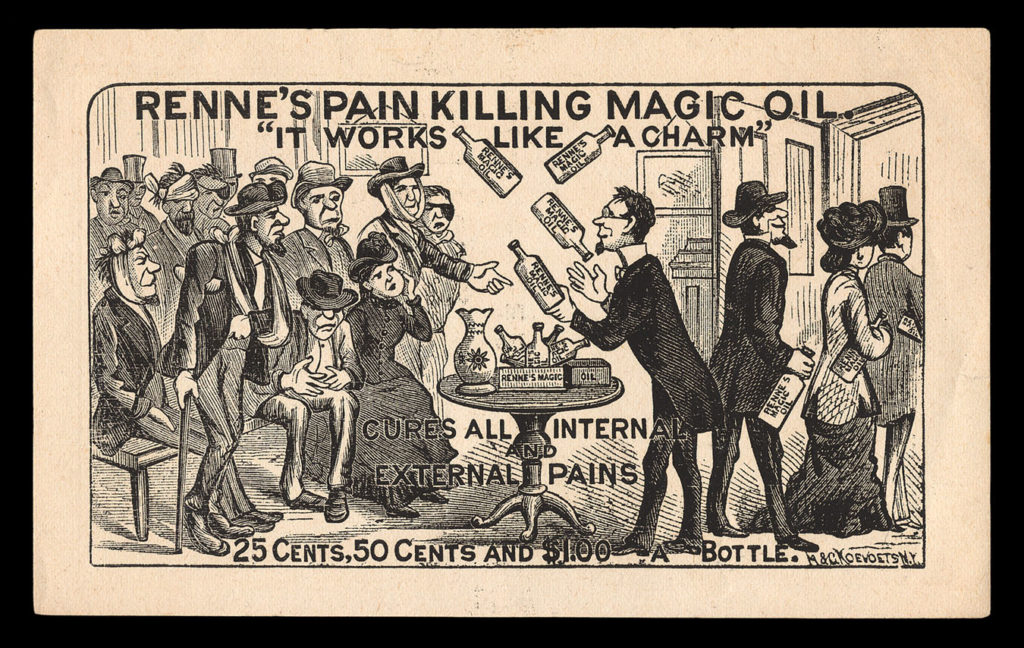
It is fascinating to see which parts of an automobile were considered “extras” in 1917. . . including the starter!
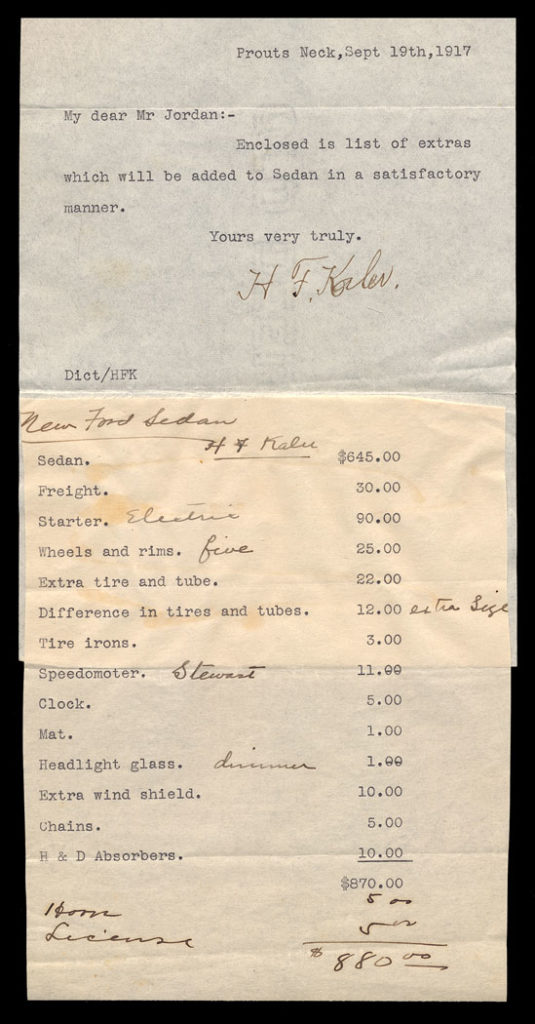
A hand-drawn business card for fancy penman E. M. Vaile, plus two samples of Vaile’s work . . .
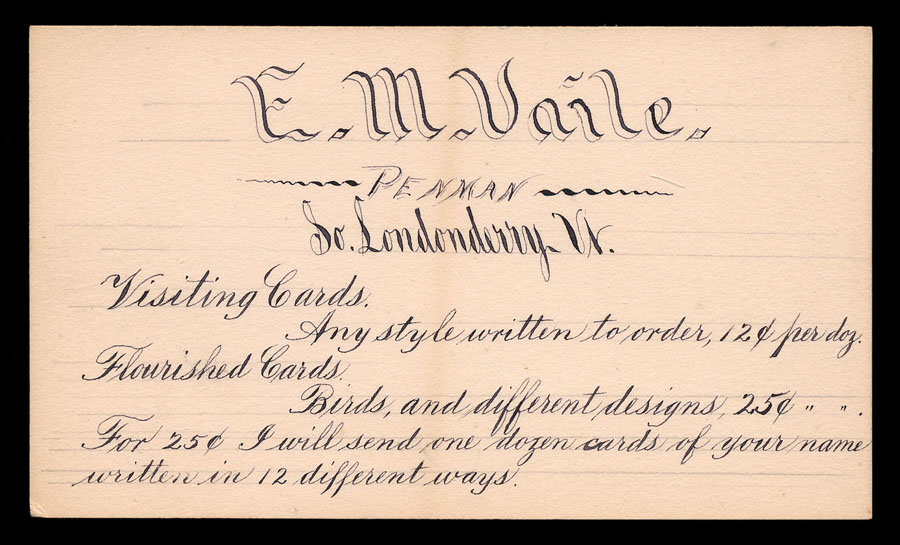
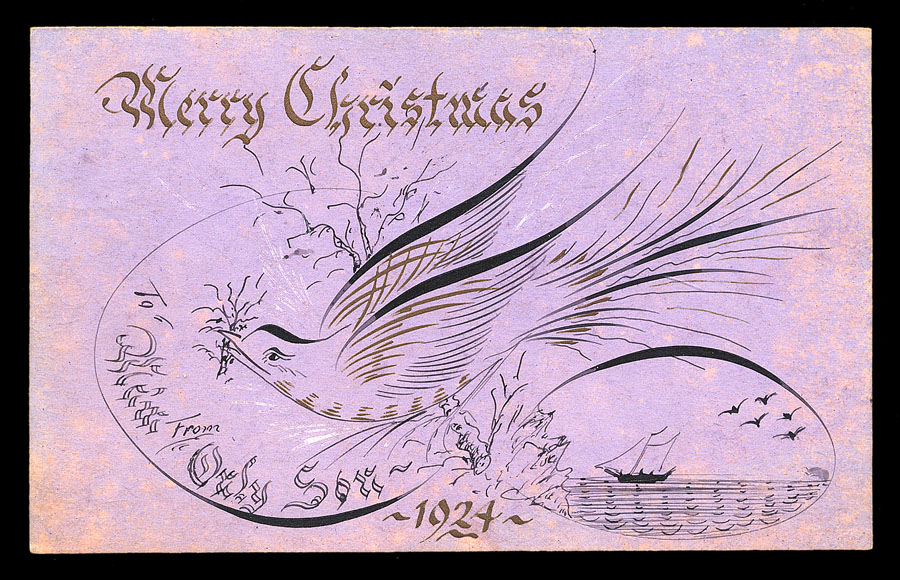
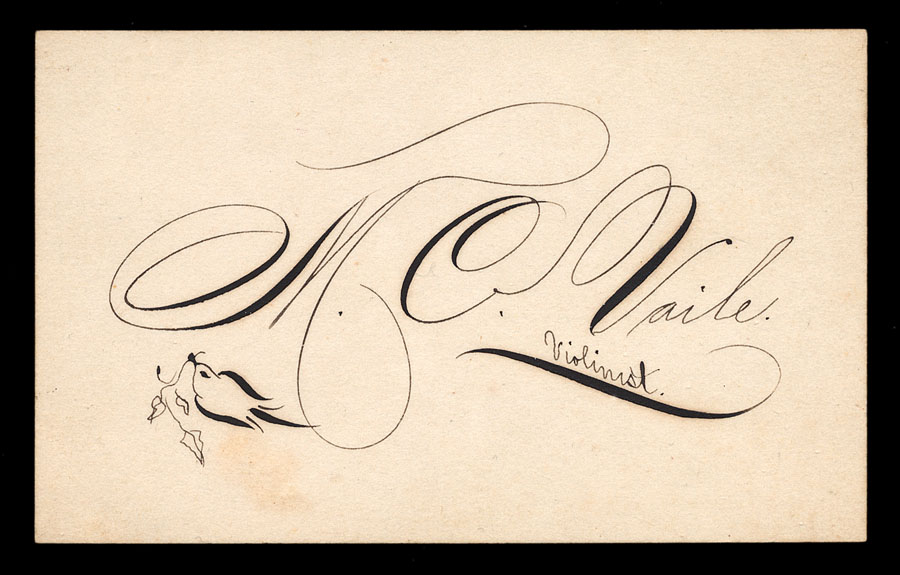
One set of wood-engraved images available from the Ledger Job Printing Office, George W. Childs, Proprietor, Philadelphia 1869. “Specimens of Theatrical Cuts; Being Fac-similes in Miniature of Poster Cuts” . . .
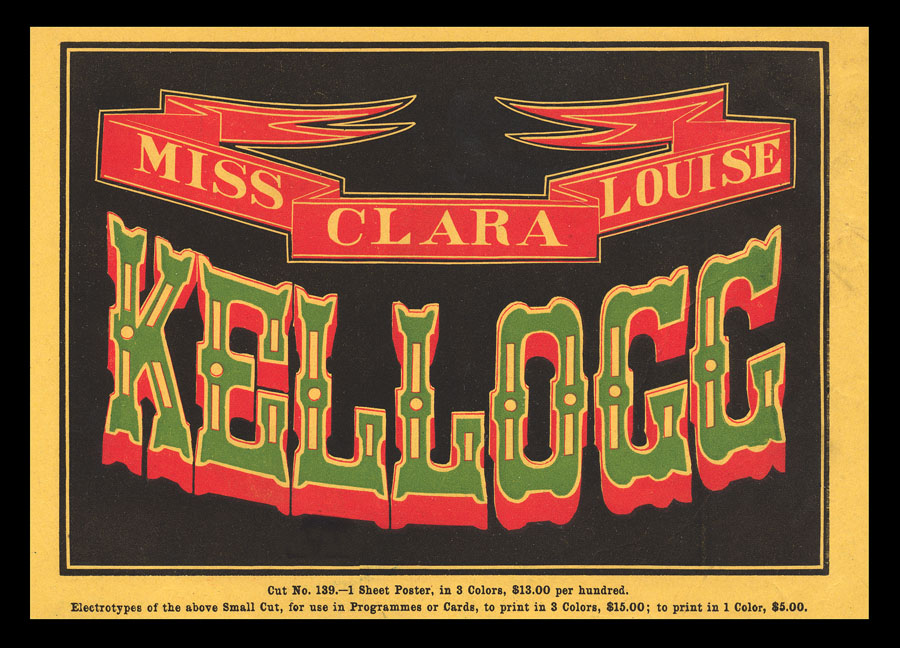
Then as now, entrepreneurs found niches in which to set up a business; in this case, manufacturing heaters to make it toasty inside urban horse-drawn trolley cars. The reverse of this card informs that the device can be seen at the 1883 Mechanic’s Fair in Boston . . .
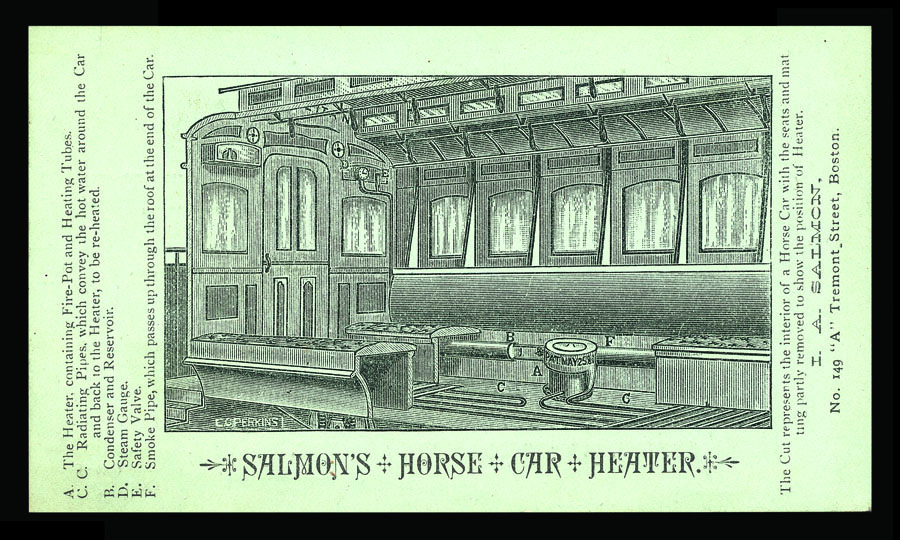
Parson’s “PPP” Purgative Pills punches out every other remedy in sight. Printed by Kellogg & Bulkeley of Hartford. 1886.
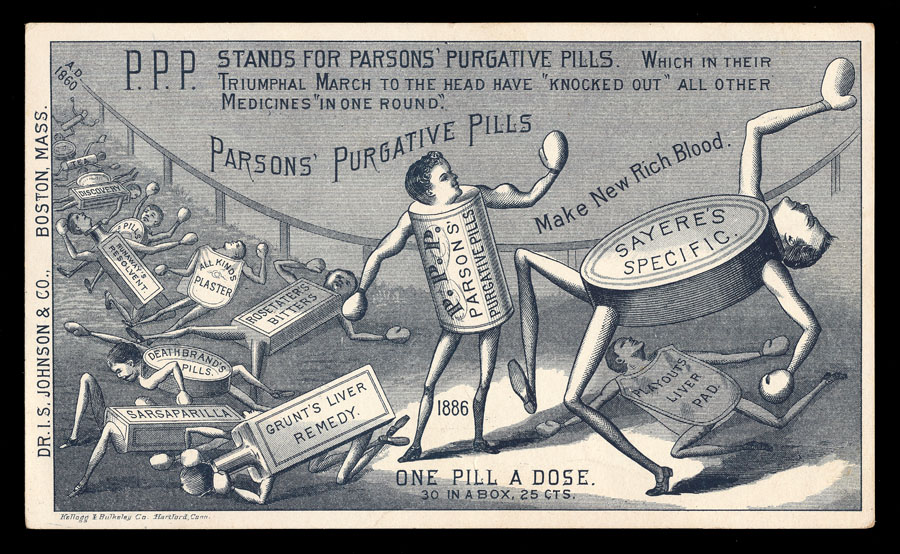
An unusual message from a Lancaster, PA business owner, informing clients/customers that while he is “at sea until hostilities cease”, the business will be capably handled by mom . . .
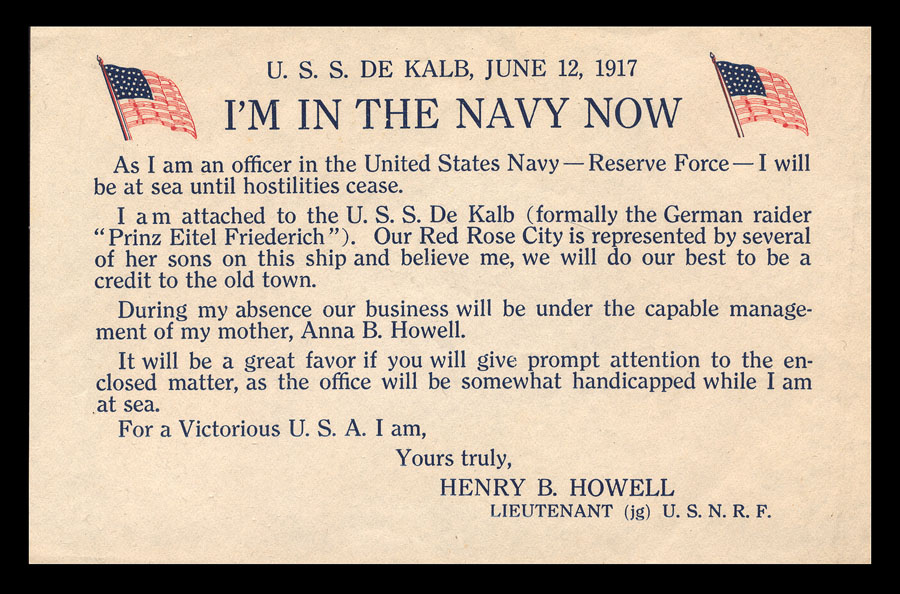
Seems like a rather bizarre way to sell a bicycle in 1889 . . .
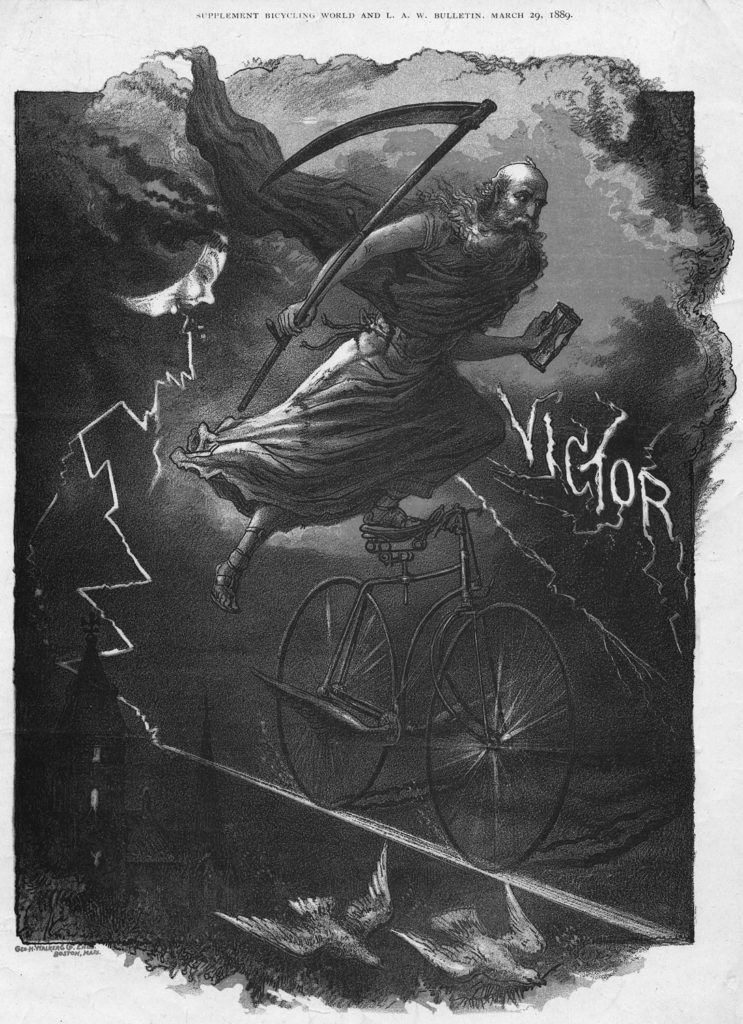
Three or four decades ago, as the American Bank Note Company began to struggle for its corporate life, it tried to come up with new ways to make a buck from its extensive archive of exquisite steel engravings. One partnership was with Hallmark, issuing a set of four “Miniature Gallery” greeting cards featuring engravings from ABN’s original dies. Quite elegant and well-produced, but unsuccessful in the marketplace . . .
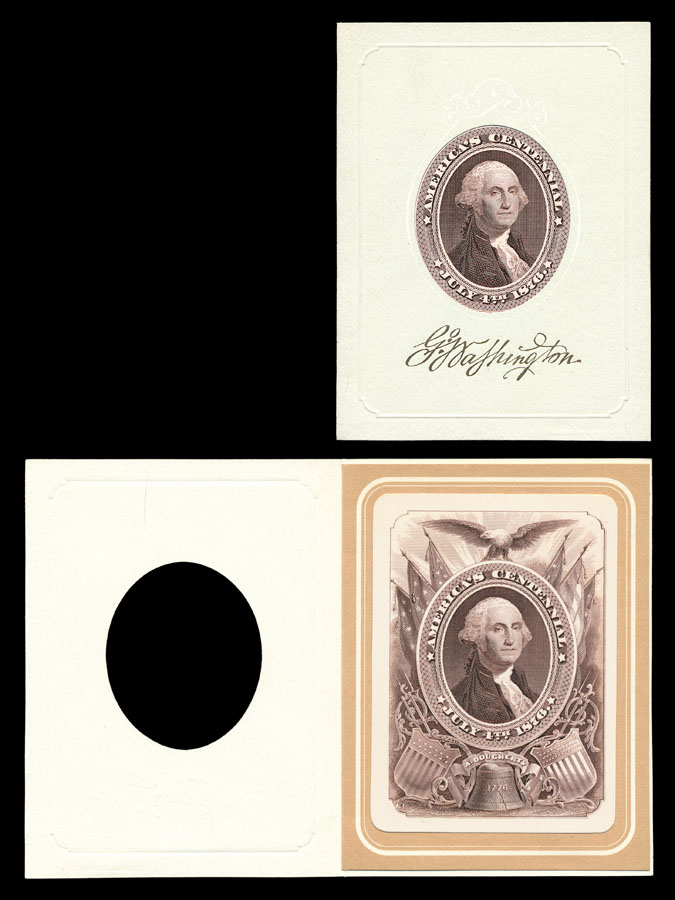
I find that I have “a thing” for items showing corn, as well as “a thing” for wood engraving . . .
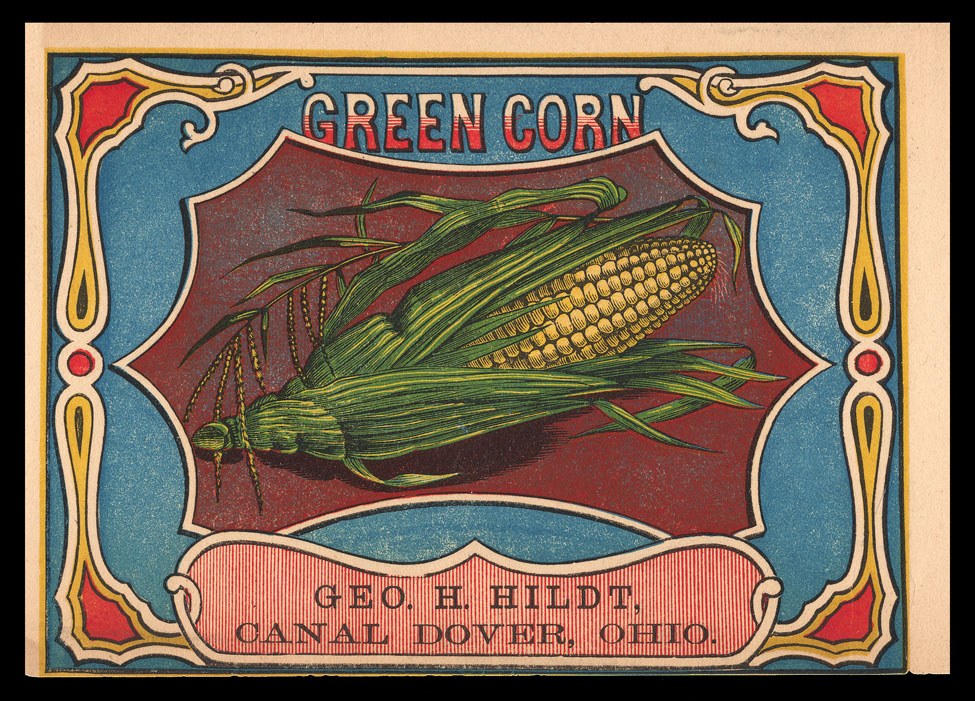
It seems that an “Intelligence Office” was an employment agency . . . ?
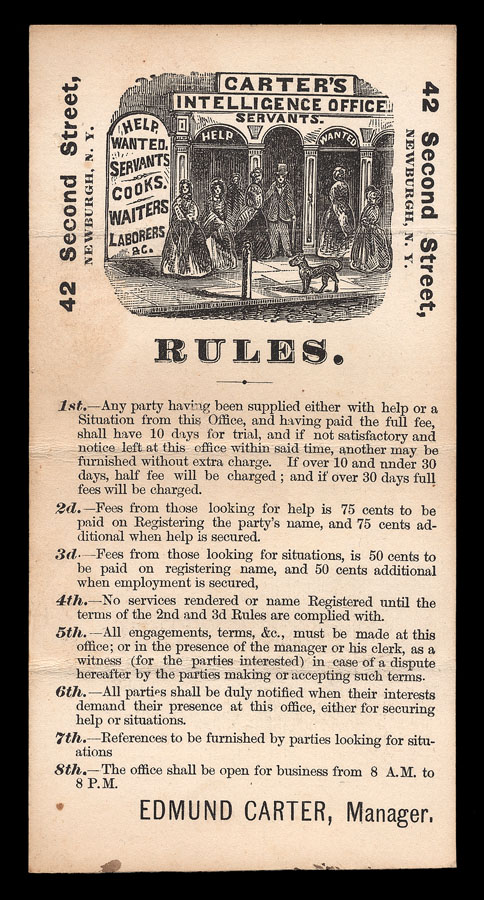
Hard to read here, but at this inner box label identifies the bunch of street urchins as “New York Boot Black Brigade” (white spots are reflections off the somewhat wrinkled varnished surface). . .
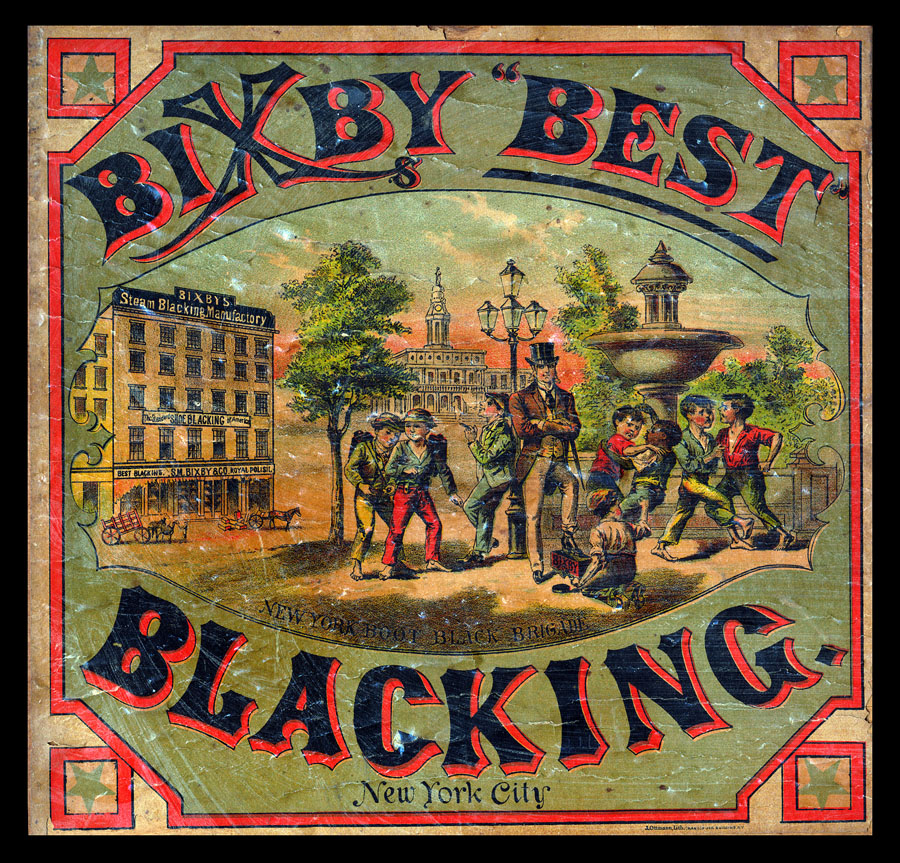
I also have “a thing” for custom woodcuts or engravings created for very small local businesses and farms . . .
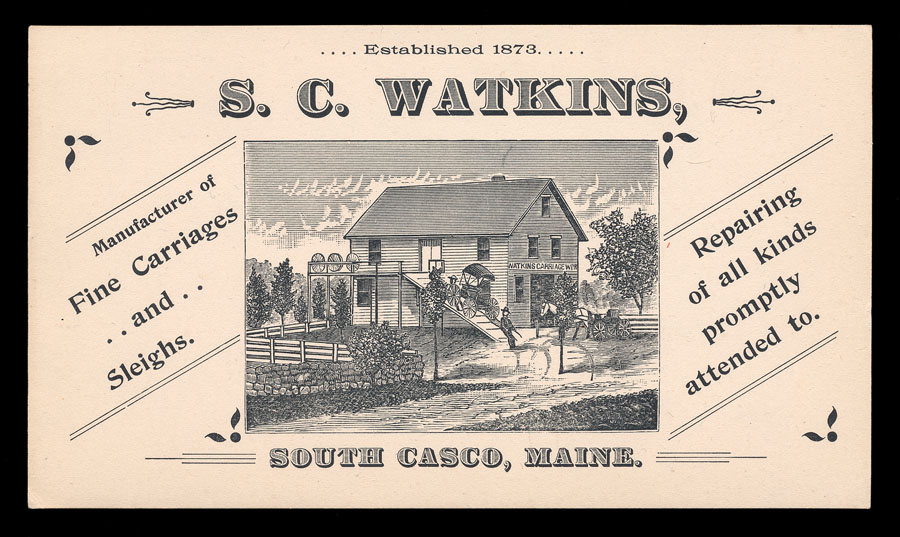
Gasoline-powered rail cars, who knew?
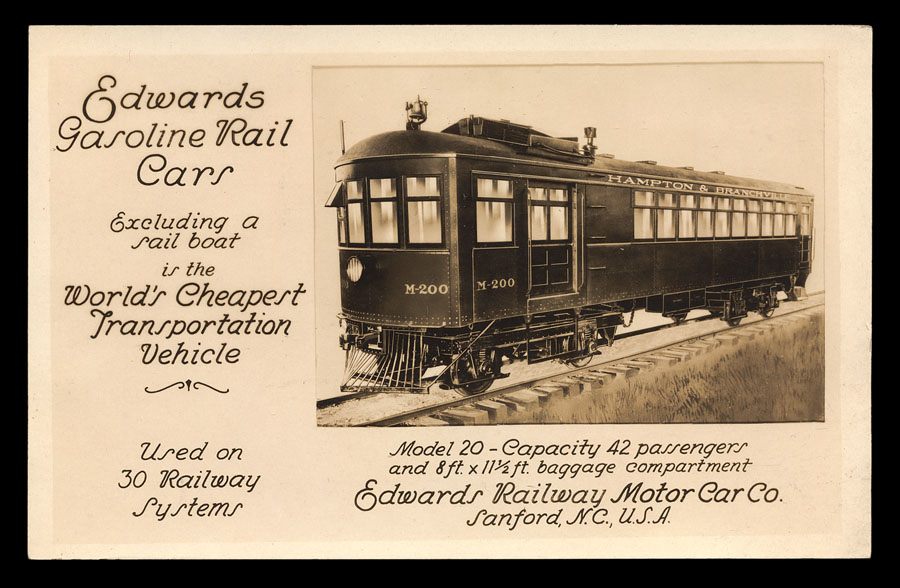
The Union Tabernacle was a traveling Protestant revival movement. Information on the subject can be found by Googling “before the pope, the days of the revivalists”. The wood engraver’s name ended up printing backward. . .
